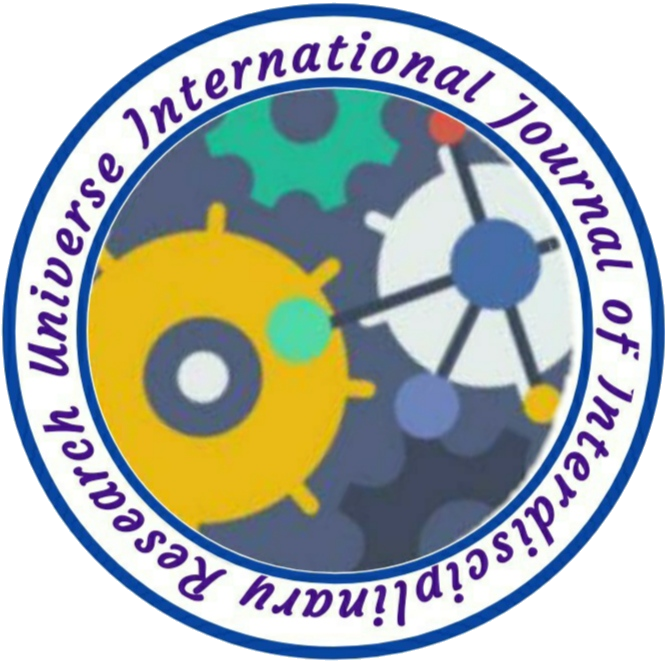A STUDY TO ASSESS THE PREVALENCE OF INSOMNIA AMONG ACADEMICIANS
Author Name: 1. Dr. Devraj Singh Chouhan, 2. Kinjal Gohil, 3. Asiya Gorigapoti, Kishlay Jha, 5. Nistha Kapadiya, 6. Sarasvati Khant6
Volume/Issue: 05/05
Country: India
DOI NO.: 08.2020-25662434 DOI Link: https://doi-ds.org/doilink/10.2024-17856782/UIJIR
Affiliation:
- Professor, Faculty of Nursing, Parul University, Vadodara, Gujrat, India
- Final Year B.Sc. Nursing Student, Parul University, Vadodara, Gujrat, India
- Final Year B.Sc. Nursing Student, Parul University, Vadodara, Gujrat, India
- Final Year B.Sc. Nursing Student, Parul University, Vadodara, Gujrat, India
- Final Year B.Sc. Nursing Student, Parul University, Vadodara, Gujrat, India
- Final Year B.Sc. Nursing Student, Parul University, Vadodara, Gujrat, India
ABSTRACT
Insomnia is a condition that is not merely an issue of poor sleep but is significantly linked to various psychiatric disorders, including depression, anxiety, and other mood disturbances. The high-stress environment of university life, characterized by academic pressures, social challenges, and lifestyle changes, contributes to the widespread occurrence of insomnia among academicians. Insomnia, characterized by difficulty falling asleep, staying asleep, or experiencing non-restorative sleep, is a prevalent sleep disorder affecting individuals across various demographics. This study aims to contribute to the existing body of knowledge by investigating the prevalence of insomnia among academicians at Parul University, Vadodara, Gujarat, and examining the relationship between insomnia and relevant socio-demographic factors. This study aims to identify the prevalence of insomnia among academicians, correlate socio-demographics and insomnia, and determine the severity among academicians. A Quantitative study was conducted among 190 academicians in Parul University were selected for the study. A structured knowledge questionnaire was used to assess the prevalence of insomnia among academicians. In summary, research methodology is essential for defining the scope and nature of research activities, ensuring the rigor and credibility of study outcomes, and providing a structured framework for conducting empiricalninvestigations. Its careful application is vital for producing meaningful and valuable contributions to knowledge in various fields of study. The mean insomnia severity index scores of academicians, it depicts that, insomnia severity index scale mean was 15.77, median was 15; mode was 15 with standard deviation 5.34 and range score of 4-25. The study indicates a relatively high prevalence of insomnia among academicians. Factors such as department, age, work duration, physical activity, diet, and sleep habits are associated with insomnia severity. Conclusion: The study did not consider other potential factors influencing insomnia, such as stress, workload, and sleep hygiene. Conduct further research to explore the underlying mechanisms of insomnia among academicians. Develop and evaluate interventions targeting identified risk factors. Promote sleep hygiene and stress management strategies among academicians
Key words: Prevalence, Insomnia, ISI (Insomnia Severity Index), Academicians.

No comment